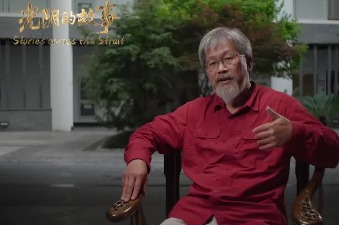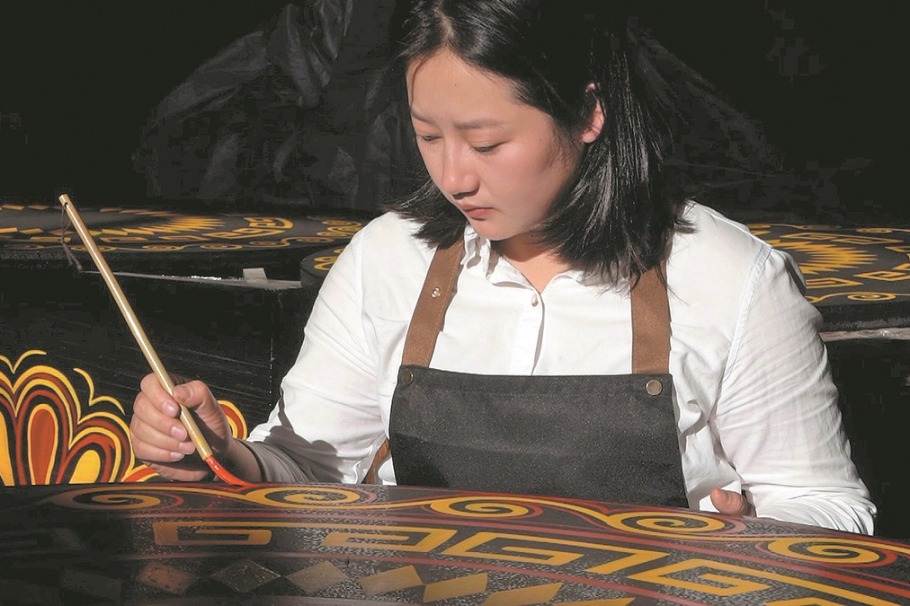10,000-year-old stone tool site found in Xizang

Chinese scientists have discovered a microblade technology site on the south bank of the Serling Tso Lake in the Xizang autonomous region. The discovery, named the Niadi Site, is the earliest of its kind, adding to the historical timeline of early human activity on the Qinghai-Tibet Plateau.
Microblade technology refers to the creation of small stone blades, which were commonly used in hunter-gatherer cultures.
The recent archaeological finding was led by a research team from the Chinese Academy of Sciences' Institute of Vertebrate Paleontology and Paleoanthropology. Their work provides crucial insights into the early migration and evolution of humans in high-altitude environments.
According to the institute, the findings offer a glimpse into the activities of early human populations in the plateau's hinterland approximately 11,000 to 10,000 years ago.
The analysis of the microblade technology remains revealed that wedge-shaped stone cores and semi-conical stone cores were used, similar to techniques found in the late Paleolithic period in North China. These similarities point to the extensive migration and settlement patterns of the time.
Molecular biology findings at the site suggest a close connection between populations migrating onto the plateau and the long-term human habitation in the region, possibly contributing to the formation of modern Tibetan ethnic groups.
This discovery adds an essential link in the timeline for tracing the evolution of human culture in this unique and challenging environment.
- AI should be used to inject more vitality into city culture, experts say
- Nobel laureate delves into whether life exists elsewhere at Fudan University
- Leonid meteor shower seen in China's Heilongjiang
- China moves to accelerate modernization of state forestry farms
- Autonomous vehicles charting new path
- Azerbaijani youth has a passion for Chinese language and culture





































